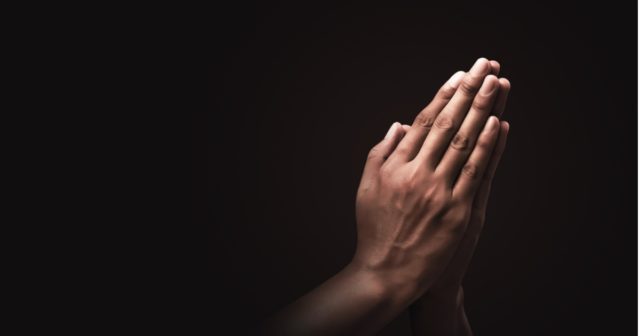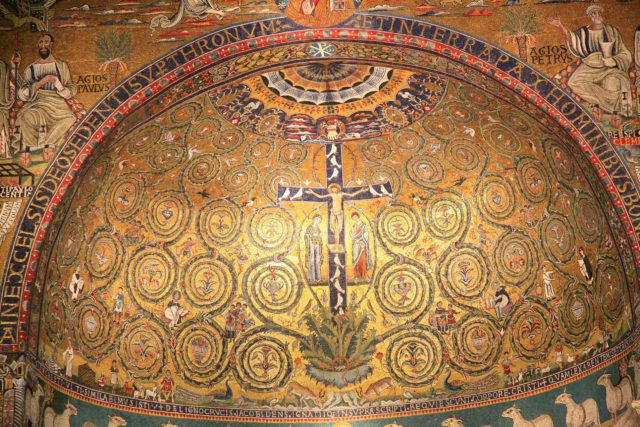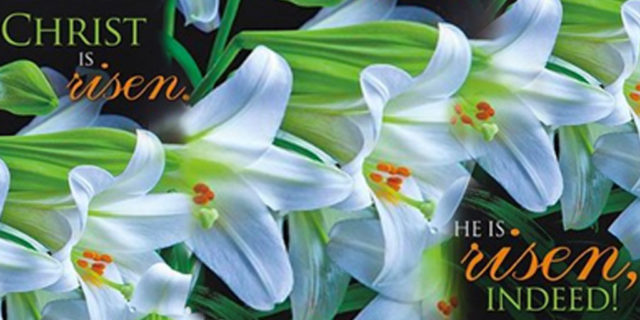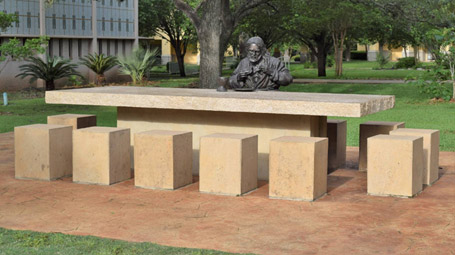A pastor’s message during the sheltering mandate
The Valley Catholic – April 9, 2020
There’s an interesting contrast between the gifts exchanged at Christmas and those for children at Easter.
Christmas gifts are conspicuously displayed under a tree. At Easter, the eggs are hidden, and it takes effort for children to find them. The Easter egg is seen as a symbol of the tomb and new life that breaks out of it.
After hearing from Mary Magdala the shocking news of the missing body of their crucified Master, Peter and the “other disciple whom Jesus loved” ran to His tomb (John 20:1-10). They thought they lost His dead body, and, except for the beloved disciple, it took them time to finally discover that the Lord had risen from the dead.
We are not much different from the disciples in their confusion. We can understand suffering and death; resurrection is beyond our human experience. Yet, even in suffering and death, life is not absent.
During the darkness of this dreadful pandemic, like a resilient heart, life still throbs in the “Valley of Heart’s Delight,” as our beloved Santa Clara Valley was once known. Life still exudes energy around the clock in hospitals, in the community-organized distribution of food to the hungry and in care for the homeless, in impromptu neighborhood grocery deliveries, in the virtual, but comforting connection to relatives and friends and communities of faith.
The disciples of Jesus were confused, although he had given them lessons about dying and rising in nature. He taught them, “I say to you, unless a grain of wheat falls to the ground and dies, it remains just a grain of wheat; but if it dies, it produces much fruit (John 12:24).” His death and His tomb were merely the threshold leading to new life. His disciples were looking for a “dead grain,” but He was already blossoming into a “fruit-bearing plant.”
Death can lead to new life, just as Good Friday led to Easter. Unlike his friend Lazarus, who came out of his tomb, but then would reenter the tomb years later, Jesus was raised from the dead and entered into the fullness of new life. Lazarus’ rising from the dead was more like a resuscitation; Jesus’ was resurrection, from the Latin verb, “resurgere,” which means “rise up,” or the “anastasis,” a Greek word, which means “up-rising.”
The image of Jesus’ resurrection, found in the First Letter to the Corinthians, is even more lively. The letter referred to the resurrected Lord as a “First Fruit”: “But now Christ has been raised from the dead, the first fruits of those who have fallen asleep (1 Corinthians 15:20).” This view is significant, as the letter was written in the early 50s A.D., decades before the gospel accounts.
We know suffering and pain, although we do not like them. On the other hand, we delight in Easter joy and glory, even as we do not comprehend them. However, despite being puzzled by the mystery of the Resurrection, we still long for our resurrection to fulfill our deepest dreams and hopes.
The solemn feast of the Resurrection is a call to fullness of life from God. Our life-giving God does not want to offer us an easy life with cheap gratification. God desires to lead us to a true life, true fulfilment with an everlasting future.
The way to this life requires us to make the leap of faith, despite our doubts, to place our hope in God, despite fears, to love without counting the cost. This way of living makes our lives strong, hopeful, and meaningful, no matter what happens around us; and we are “always carrying about in the body the dying of Jesus, so that the life of Jesus may also be manifested in our body (2 Corinthians 2:10).”
Jesus, the center of this great season of Anastasis/Resurrection, was Himself the outcast, the crucified One. But He totally trusted His Father, completely believed in His mission, and loved his disciples to the end. His resurrection is an affirmation of that way of life, a vindication of a love that is truly stronger than death.
As Christians, we are called to be part of the company of witnesses who believed in the Risen Lord, even though they had not seen him. Easter is more than a celebration of the Resurrection of Christ. It is also an invitation to each of us to take our place in the long line of those witnesses, to the Christian way of living. That is why the first community of believers were known as people “who belonged to the Way” (Acts 9:2).
Christ’s Resurrection is the beginning of a new era, a new life. Is that not why we only start a new Paschal Candle at the Easter Vigil with the numeral of the current year? Nature seems to agree, as Easter more or less coincides with springtime (in the northern hemisphere), when creation enters into a new cycle of bursting life, with blossoming flowers and roaring waterfalls.
However, despite the significance of Easter, we will quickly return to the daily demands or routine of our lives. What should continue every day is gratitude for a share in the new life, new energy from the Risen Lord that we have received in Baptism, and a willingness to bring that life to others by our kindness and care for them. When this characterizes our daily living (366 days this year), then our whole life is a living Alleluia, and act of praise of God.
This year, we will all miss celebrating Easter in our parish churches. But Easter is too great an occasion to celebrate in one day; indeed, it is like a festival celebrated for eight days (octave), and the incredible joy of Easter is extended throughout a season of 50 days. And every Sunday is a little Easter, the “Lord’s Day,” yes, the day He rose!
These few weeks (so far) away from the communal joy we experience in the presence of the Risen Lord and one another is like an eternity. We miss you and we hope to see you soon, very soon.
Have a Blessed “Anastasis” (Up-rising) Season!





